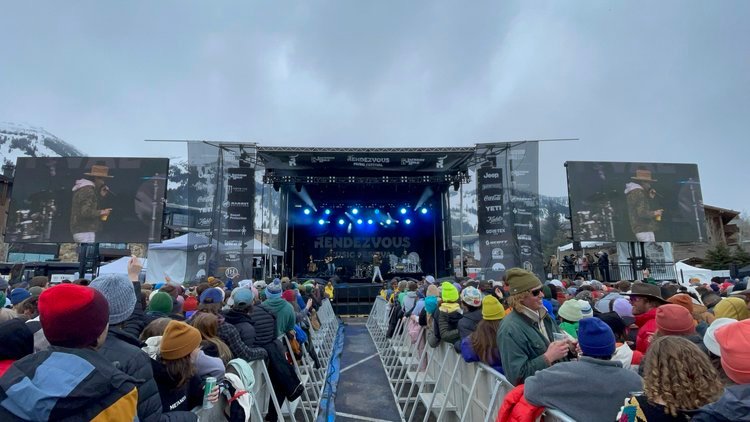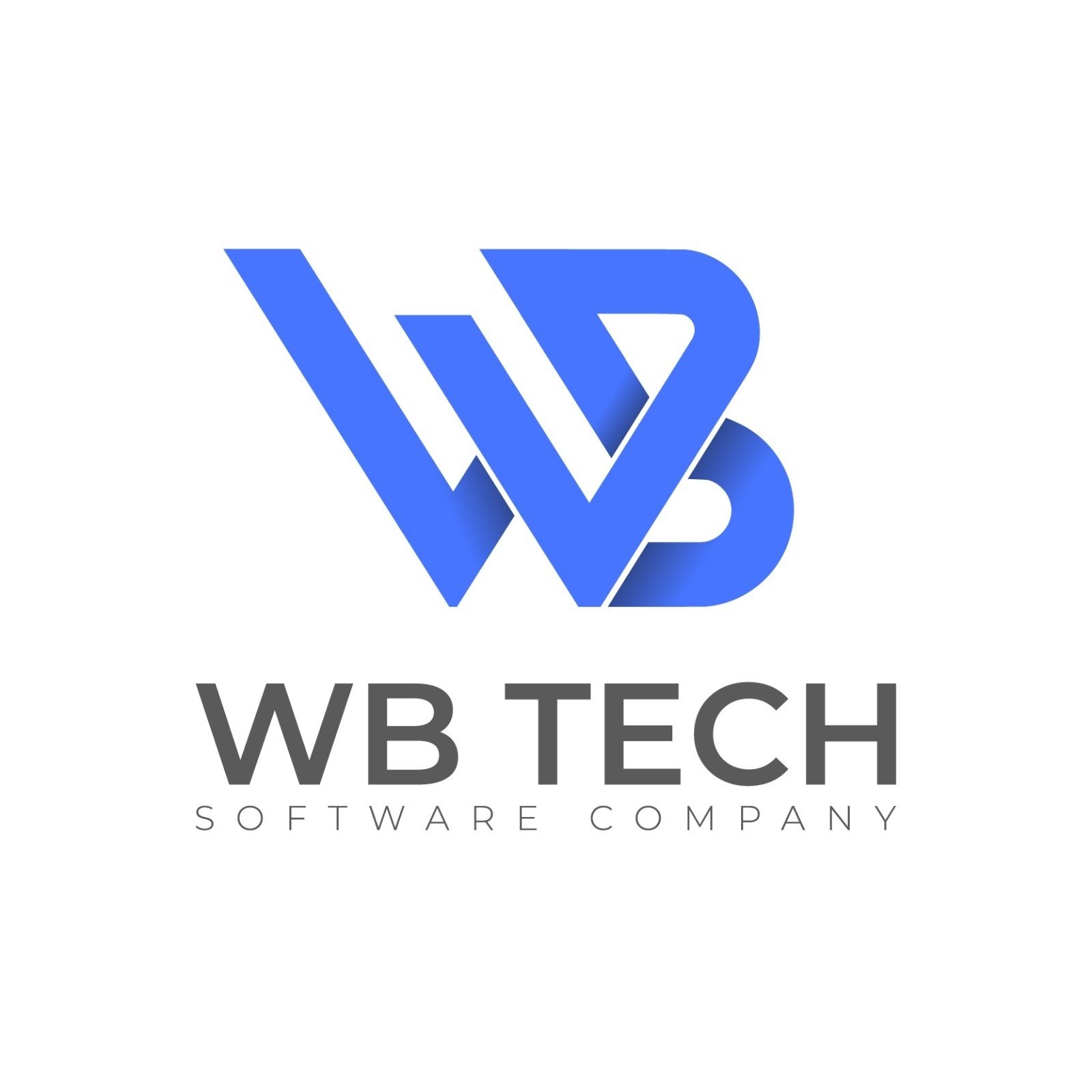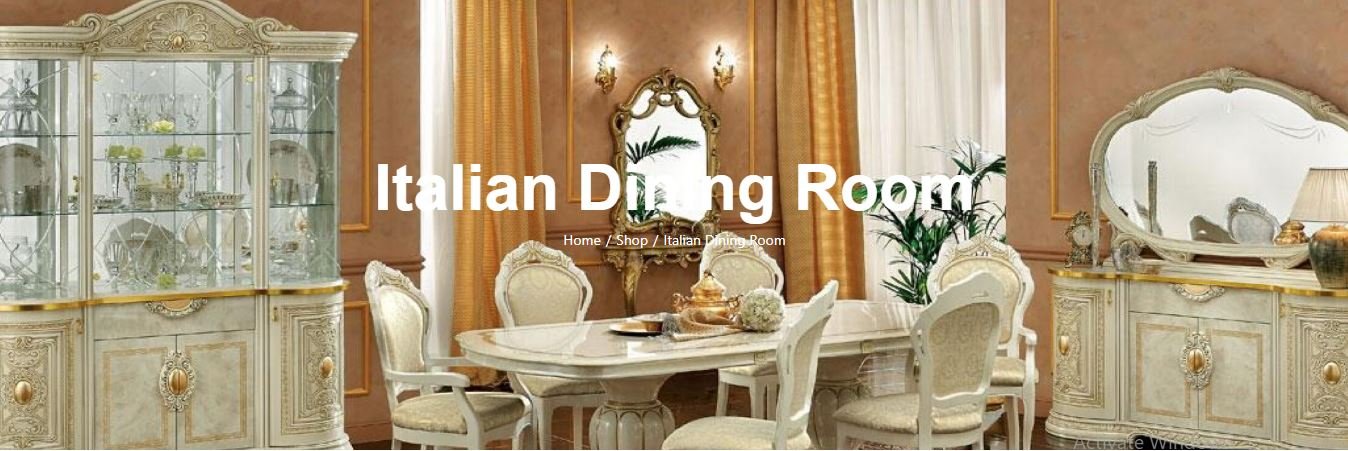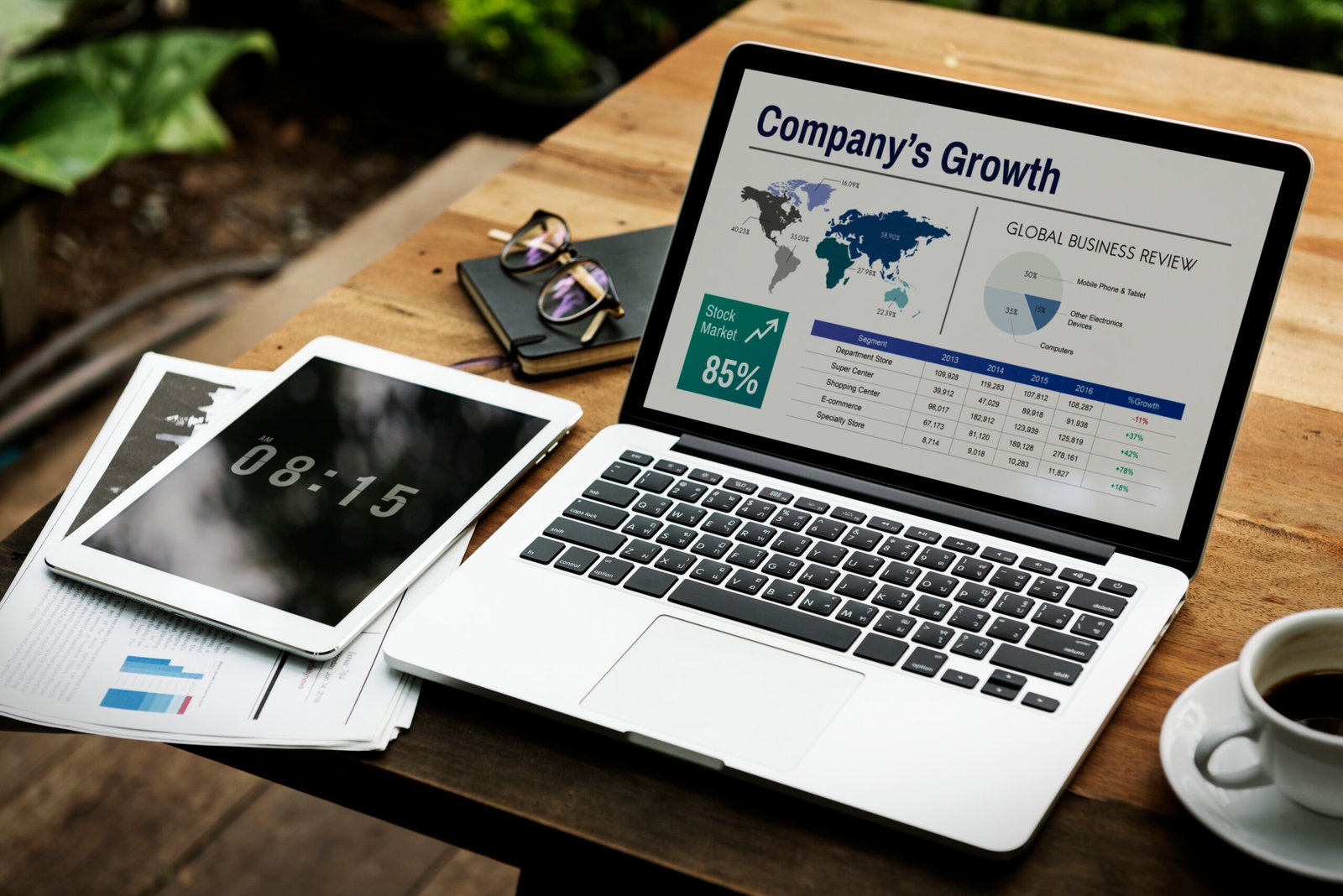Renting an LED screen for an event can enhance visual appeal, improve audience engagement, and create a professional and immersive experience. When you rent a LED screen, you ensure high-quality visuals that captivate your audience and elevate the overall event experience. Whether you’re planning a corporate event, concert, trade show, or wedding, choosing the right LED screen is crucial to ensuring a successful presentation. Here’s a guide on how to rent an LED screen that fits your event’s needs.
1. Determine Your Event’s Requirements
Before you rent an LED screen, it’s essential to identify the specific requirements of your event. Consider factors such as the event size, venue type (indoor or outdoor), audience distance, and the type of content you’ll be displaying. If your event takes place outdoors, you’ll need a high-brightness LED screen that remains visible even in direct sunlight. For indoor events, a lower-brightness screen with high resolution may be more suitable.
Additionally, consider whether your event requires a single LED screen or multiple displays to provide maximum visibility. If you are hosting a large event, such as a music festival or sports competition, you may need multiple screens placed strategically to ensure all attendees can view the content clearly.
2. Choose the Right Screen Size and Resolution
The size and resolution of your LED screen should match the scale of your event. A larger venue with a sizable audience requires a bigger screen with higher resolution to ensure clear visibility from all angles. In contrast, smaller events may do well with compact screens that still offer sharp visuals. The pixel pitch—the distance between pixels—also plays a role in determining clarity; smaller pixel pitches result in sharper images, making them ideal for events where attendees will be viewing from up close.
Moreover, consider the aspect ratio of the LED screen. Standard 16:9 screens work well for most presentations and videos, while custom aspect ratios may be necessary for unique displays. Discussing these options with your rental provider can help you make the best choice for your event.
3. Consider the Screen Type: Modular vs. Mobile LED Screens
There are two main types of LED screens available for rent: modular and mobile screens. Modular LED screens consist of multiple panels that can be assembled into custom shapes and sizes, making them ideal for large-scale events with specific display needs. Mobile LED screens, on the other hand, are pre-assembled and mounted on trailers or vehicles, allowing for quick setup and easy transportation. Choosing between these options depends on your event’s logistics, budget, and setup time constraints.
For events that require an ultra-flexible display setup, modular LED screens are an excellent choice. They can be configured in various ways to create immersive backdrops, curved screens, or even multi-screen installations. However, mobile LED screens are perfect for events where a quick and hassle-free setup is needed, such as outdoor movie nights or promotional events.
4. Evaluate the Rental Package and Additional Services
When renting an LED screen, consider what is included in the rental package. Many rental companies offer additional services such as setup, content management, and technical support. Be sure to inquire about these services, as they can help ensure a smooth operation during your event. Additionally, check whether the rental includes necessary accessories like video processors, mounting structures, and power sources.
Some rental providers also offer content customization services, where they assist in formatting and optimizing your visuals for the LED screen. This can be beneficial if you want to create an engaging display without technical difficulties. Understanding what’s included in the rental agreement can help you avoid unexpected costs and logistical issues.
5. Verify Technical Support and On-Site Assistance
Technical issues can arise unexpectedly, so having on-site assistance is crucial for resolving any problems quickly. Many LED screen rental providers offer professional support throughout the event, ensuring seamless operation. Confirm whether the rental company provides technicians who can manage troubleshooting and optimize the display settings as needed.
Having a dedicated technician available can make a significant difference, especially during live events. They can ensure proper signal transmission, adjust brightness and contrast levels, and handle unexpected challenges such as connectivity issues or power disruptions.
6. Compare Costs and Rental Duration
Pricing for LED screen rentals varies depending on screen size, resolution, rental duration, and additional services. Request quotes from multiple providers and compare pricing structures to find a cost-effective solution without compromising quality. Some companies may offer discounts for long-term rentals or package deals that include setup and maintenance.
It’s also essential to understand the billing structure. Some companies charge by the hour, while others offer daily or event-based pricing. If you need the LED screen for multiple days, negotiating a customized rental package can help you get a better deal.
7. Plan for Content and Connectivity
Before the event, ensure that your content is compatible with the LED screen’s input options. Most LED screens support HDMI, DVI, and SDI inputs, but confirming compatibility with your devices beforehand can prevent last-minute technical challenges. Additionally, test all video and image content in advance to verify optimal display quality.
If you are planning to live-stream content or integrate multiple media sources, ensure the rental company provides necessary equipment such as switchers and video scalers. A seamless integration of content sources can enhance the overall experience for your audience.
8. Book in Advance and Check Availability
Demand for LED screen rentals can be high, especially during peak event seasons. To secure the best options, it’s advisable to book well in advance. Confirm all rental details, including delivery schedules and setup timelines, to avoid any last-minute hiccups.
Early booking also allows you to test the equipment and make necessary adjustments before the event. Some rental companies offer a pre-event demonstration to ensure the screen meets your expectations.
9. Consider Weather and Environmental Conditions
If you are hosting an outdoor event, take weather conditions into account. Outdoor LED screens should be weather-resistant, capable of withstanding rain, wind, and varying temperatures. Ask your rental provider about the durability of the screen and whether they provide protective enclosures or backup power solutions in case of unexpected weather changes.
Additionally, the placement of the LED screen should minimize glare and optimize visibility. Positioning the screen in a shaded area or using anti-glare technology can improve the viewing experience for your audience.
Final Thoughts
Choosing the right LED screen for your event requires careful planning, from determining your display needs to securing a reliable rental provider. By considering factors like screen size, resolution, rental packages, and technical support, you can rent an LED screen that enhances the overall experience for your audience. With proper preparation and attention to detail, your event will benefit from high-quality visuals that leave a lasting impression.
Whether you’re organizing a corporate conference, a wedding reception, or a large outdoor festival, renting an LED screen can elevate the impact of your event. By following these guidelines, you’ll ensure a smooth rental process and create an unforgettable experience for your attendees.







Leave a Reply